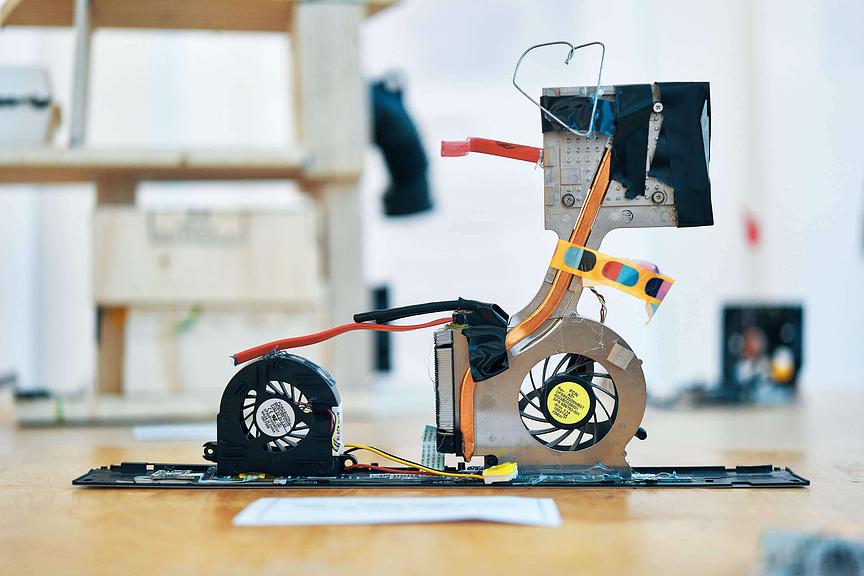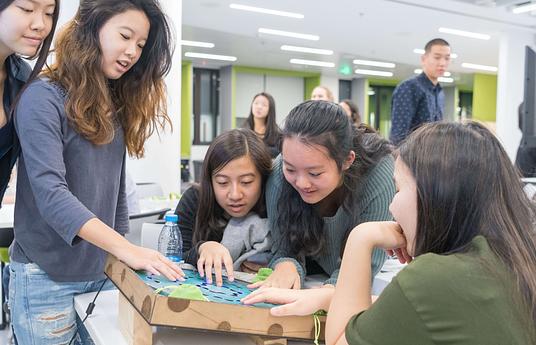Design thinking looks into the future, considering how objects, items, services or experiences could be designed or made into concepts in new ways. Design is used as a method of solving real-life challenges. Learners take centre-stage; they are encouraged to think in new ways and try out various ideas. Their problem-solving skills improve, and any errors are used in the learning process. Learners work in interaction with their environment, making use of any suitable technologies.
The learner's active approach and discovery of personal learning paths are important. Positive emotions, the joy of learning and creating something new give a boost to learning and even further development. The creative process teaches critical thinking and reflection, which are important in today's world. Thinking begins with wondering, and enough time must be allocated to curiosity and imagination in the learning process. Interaction skills also improve in collaborative problem-solving situations. It is important to build a sustainable future, and students are instructed to take account of the consequences of their actions and their impact on other people and the environment, and to innovate by devising more sustainable solutions.
Design and innovation pedagogy can be applied in handicrafts, arts and STEAM workshops, or in multidisciplinary learning modules. Learners are challenged to come up with new solutions to problem situations. Games, experimentation and other functional working methods and various forms of art increase the fun of learning and boost creative thinking and eureka moments.
Learners are instructed and encouraged to select and use materials, tools, equipment and ICT in line with sustainable consumption and the circular economy. Design thinking also guides learners to grow as consumers and appreciate the significance of their choices in terms of sustainability. They can use premises where they have access to technology and digital applications in the learning process. University experts, professionals in creative fields and various expert networks cooperate with teachers and work with learners, developing their ideas and new solutions.



